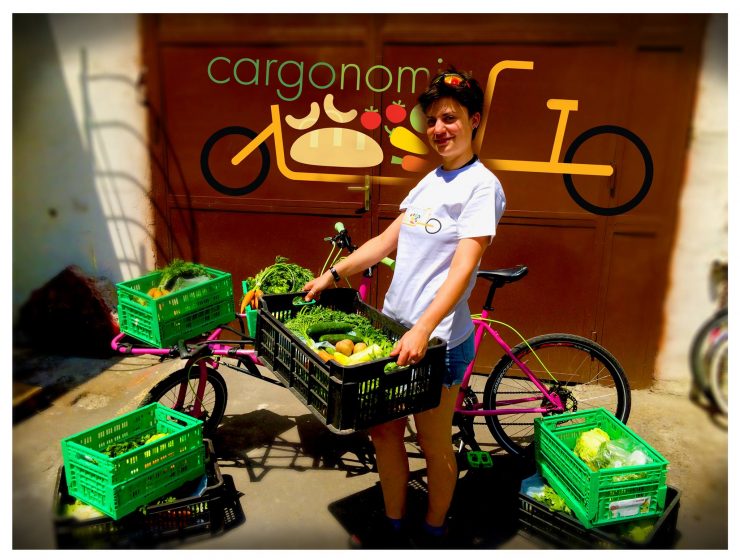
#1. The next big thing will be a lot of small things
If you think small-scale, local transformative initiatives are just fiddling about, think again. A quick mapping exercise in the five city regions under study (Budapest, Brighton, Dresden, Genk and Stockholm) revealed about five hundred transition initiatives that aim to advance urban sustainability by changing the way we think, act and organise. We defined a transition initiative as an local initiative initiated by public, civic or business actors that in one way or another focused on achieving environmental sustainability. Examples include cargonomia, a cargo bike center in Budapest that offers a climate friendly transportation mode, the waste house in Brighton which has been constructed from waste materials, the transition town initiative Dresden im Wandel to promote low carbon living, the municipal organic food initiative Södertälje in Stockholm that serves only locally grown and organic food in public institutions and the eco communal gardens in Genk that regenerated discarded plots of land. At first glance, their transformative capacity might be tiny in a world dominated by large corporations and powerful vested interests. They are however not alone: the collective impact they bring about is not negligible. We see that transformation is spreading organically, in multiplicity, everywhere, and that small transformative initiatives replicate amazingly fast around the globe.
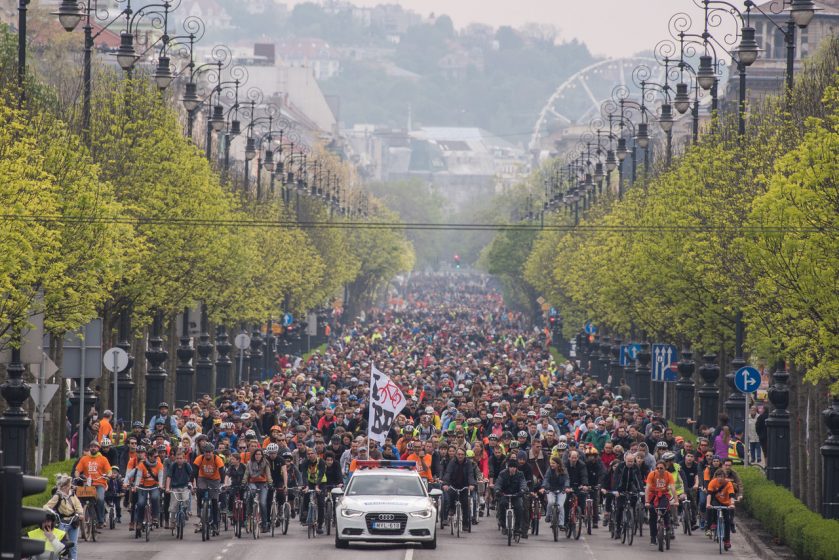
In just a decade transition town initiatives spread virally to 48 countries, involving hundreds of thousands of households in creating low carbon, resilient and environmentally friendly communities. The same holds true for permaculture and eco-village initiatives that quickly developed into a movement engaging millions of citizens worldwide that are changing the ways we produce and consume. In just a couple of years, the first repair café initiative, organised in the Netherlands in 2009, grew to approximately 750 initiatives that spread to Japan, US, Canada, Australia and many more countries. Urban gardening initiatives are back in popular demand and energy co-ops, re-use centres and renaturing city initiatives are replicating at a high pace across the globe. The inherent power of transition initiatives lies in their numbers. Instead of the dominant “too big to fail” growth paradigm of the corporate world, their progression is about “being too many to ignore”.
Our research shows that well-organised initiatives, despite their relatively small size, can influence the wider system beyond city boundaries through positive spillover effects, outward replication or by reshaping ideas of local governance into more open for business-beyond-the-usual. What is more, urban changemakers are not only multiplying change, they are diversifying change by tailoring alternative ways of thinking, doing and organising to fit their place. Viewed from a transition’s perspective, local transition initiatives are giving rise to place-based sustainable solutions as a counter movement to globalizing uniformity. Many tiny transformations will aggregate into big change. The next big thing will be a lot of small things.
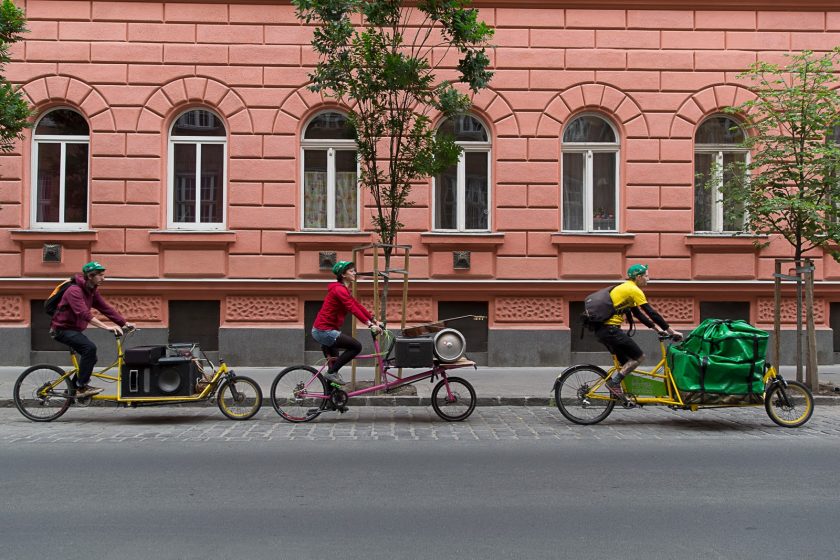
#2. The city of the future is designed for life (not cars)
Many of the initiatives in the five cities under study aim to bring nature back into the city or reclaim space and acknowledgement for the living world. From the Green Wedge collaboration in Stockholm, urban beekeeping in Genk, urban gardening in Budapest, community-supported agriculture in Dresden to the Biosphere Partnership in Brighton, these initiatives all aim to either renature urban environments or safeguard natural environments from human development. The fact that people want to bring nature back into the city is not surprising. We have largely designed our urban habitats as concrete deserts. Most space in cities is dead space – space for driving and parking cars and storing goods. Such space is not life-friendly – neither for humans nor for other forms of life. It leaves citizens craving for healthy air, better liveability, quiet refuges and spiritual, recreational and aesthetic landscape values. Many change makers thus devote their time to bringing nature back into the city.
Redesigning cities for life requires a shift from technical to living systems design. This can only be achieved if humans acknowledge their interconnection and interdependency with all other living things and anchor “life-friendly” and “life-enhancing” principles as central qualities in urban planning processes. This means that renaturing cities is much more encompassing than the development of engineering solutions for green infrastructure such as green walls or roofs. Designing cities for life requires a whole new set of (re-)design principles and a complete shift from reductive thinking to relational, pattern and systems thinking as well as shifting from degenerative to regenerative value logics. Only when we accomplish to make this shift, we can start to develop cities that support life over the long haul.
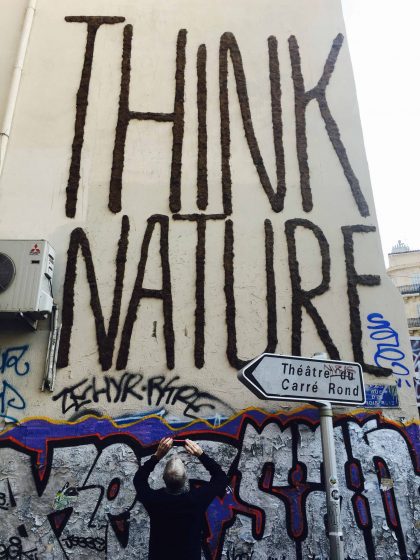
#3. Human – nature – human nature reconnecting is key
In line with the previous insight, many of the identified initiatives are also explicitly working towards reconnecting citizens to nature, to each other and to human nature. By doing this they fill a void left by the incumbent institutions that mainly promote discourses of eco-efficiency and technological fixes. While technology is important, it is only part of the solution. As Albert Einstein pointedly stated: “You cannot solve the problems of today by using the same thinking that created them.” This is exactly where technological solutions run short. Neither eco-efficiency nor technological fixes get to the root of the problem: the illusion that there is a separation between humans and nature. Nature is not just what is out there – we are nature too. We will not be able to resolve problems of unsustainability as long as our mental models promote anthropocentrism – humans on top of the pyramid, instead of biocentrism – humans as part of the web of life.
The fact that so many urban initiatives focus on the reconnection of humans with nature, implies that change makers are (consciously or unconsciously) aware of how this disconnect reinforces unsustainable ways of thinking, doing and organising. In a response, local change makers have developed a wide variety of initiatives to mobilize, affect and re-establish the connection between citizens and nature. They use diverse ways of bringing nature closer to citizens, often establishing experiential learning initiatives wherein schools and communities can explore and learn about various plant species through schoolyard and communal gardening plots; they involve citizens in immersion and conservation activities, they experiment with growing food harmoniously and sustainably, they organise compost schools and train nature guides and so much more.
We are not only disconnected from nature, we have also lost connection to our own nature. While the current dominant value logic drives consumerism, individualism and competition, we are a social species and therefore need each other to succeed. Our research showed that many urban initiatives are driven by a desire to promote social inclusion and cohesion. Initiatives such as the Brighton & Hove Food Partnership, the Eco Communal Gardens in Genk or the transition town initiatives from Stockholm, Dresden and Budapest explicitly adopt, develop and improve community building approaches to reconnect citizens in new ways. Renaturing human nature is about building capacity for evolution, growing ourselves as human beings so that we can again become in sync with the rest of life on our unique planet. Or, in the words of Evolutionary Biologist Elisabet Sahtouris: “The best life insurance for any species in an ecosystem is to contribute usefully to sustaining the lives of other species, a lesson we are only beginning to learn as humans”.
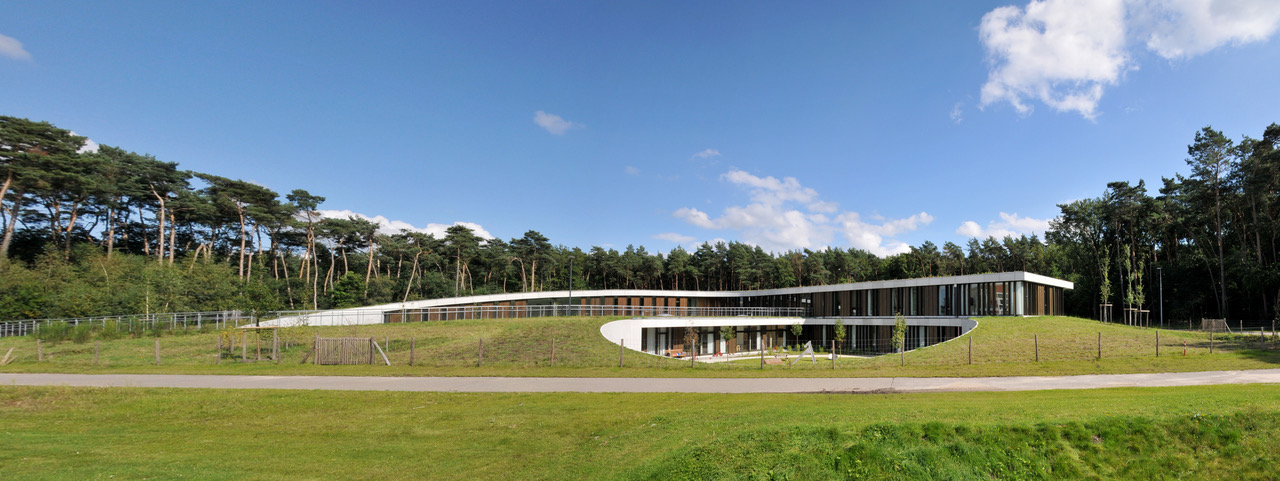
There is only one way forward and that is to reinvent ourselves as human beingsOur findings show that change to fast forward urban sustainability is happening organically, everywhere, all the time. The innovators are you and me – by evolving our ways of thinking, our ways of being and our ways of relating to the world we are transforming our responses on a personal and a collective level. Our insights demonstrate that creating the city of the future is most of all a developmental process. It is about re-thinking, re-connecting, re-purposing, re-naturing, re-skilling, re-distributing and re-organising. Accelerating urban sustainability is therefore also about slowing down. Slowing down to reconnect with our inner and outer nature. Slowing down to recognize our interdependence with the wider community of life. Taking time-out of everyday busy-ness to ask deeper questions: How can we change the role of humans so that we become good for the planet? Sustainability is much more than devising solutions to problems. At its core, sustainability is about making beneficial contributions to the future of life on the planet. It is about making meaningful contributions to our community and our environment. It is about evolving our capacity for co-evolution.
And while many of the world’s largest private and public institutions fail to move beyond “management of unsustainability”, devising eco-efficiency discourses focusing on doing less bad (using less energy or producing less waste), treating the symptom rather than the causes, urban transition initiatives do the exact opposite. They get to the root of the problems and work to transform the mindsets that kept the unsustainable system in place in the first place. Many of them are redesigning the way they work and live to generate a positive impact, to regenerate communities and ecosystems. Urban transition initiatives are reinventing the way cities inhabit this planet by fuelling processes to rethink what we value, what is of value and how citizens can shift from value extracting to value adding roles. Our research also shows that upscaling value adding roles depends on new ways of collaboration. This inevitably entails reinventing ourselves as human beings: what kind of human do we need to be so that we can co-create the conditions for beneficial change? How can we become more mindful and build capacity for evolution into our design, organisation and decision-making processes? Building the city of the future is about a whole lot of little things that are locally attuned, meaningful and regenerative. Most of all, it is about renaturing human nature. Because our nature shapes the nature of cities.
The book is the result of a collaborative effort of VITO, Studio Transitio and the core research team. It can be ordered hereand all revenue raised will be donated to Kom Op Tegen Kanker, a Belgian non-governmental organisation that supports cancer patients and strives for a healthy environment.
Leen Gorissen
Antwerp









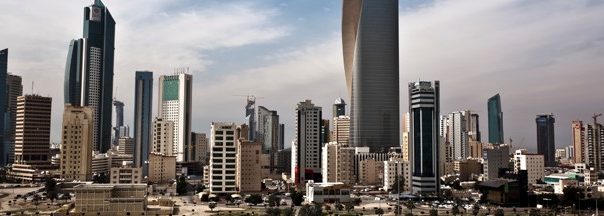
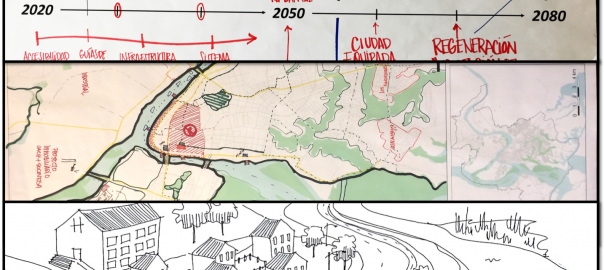

One thought on “Many Small Changes Cascade into Big Change”